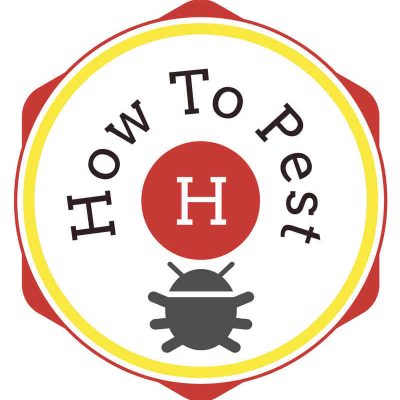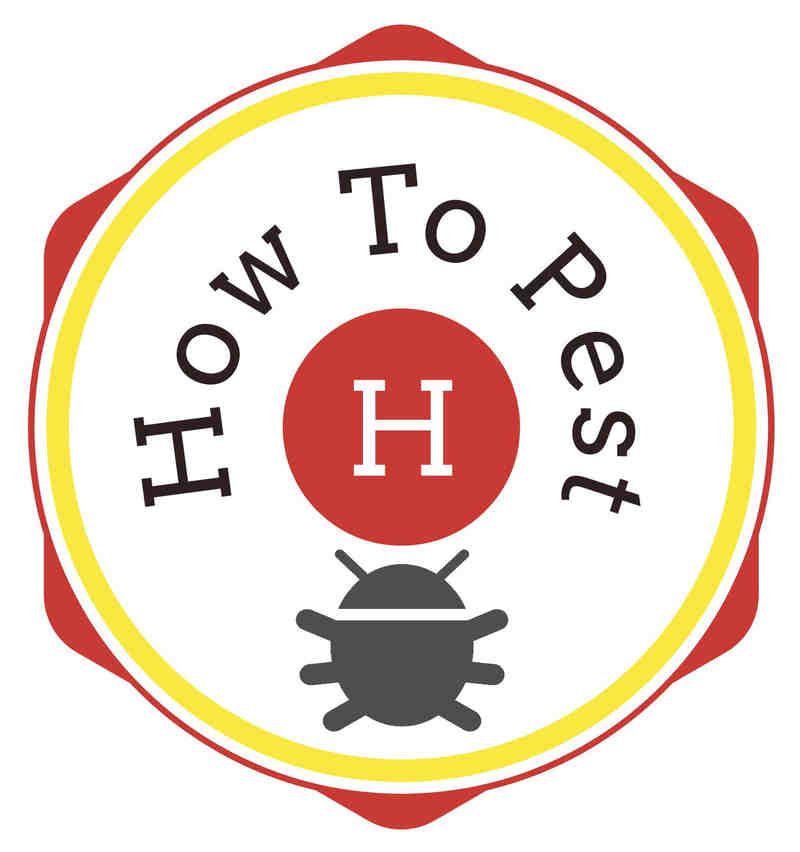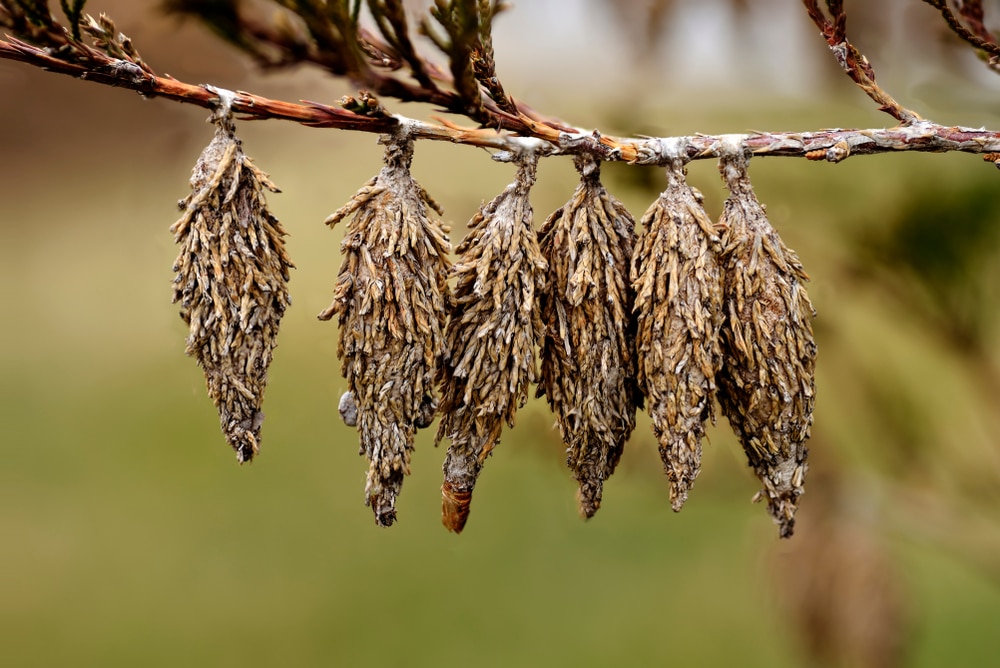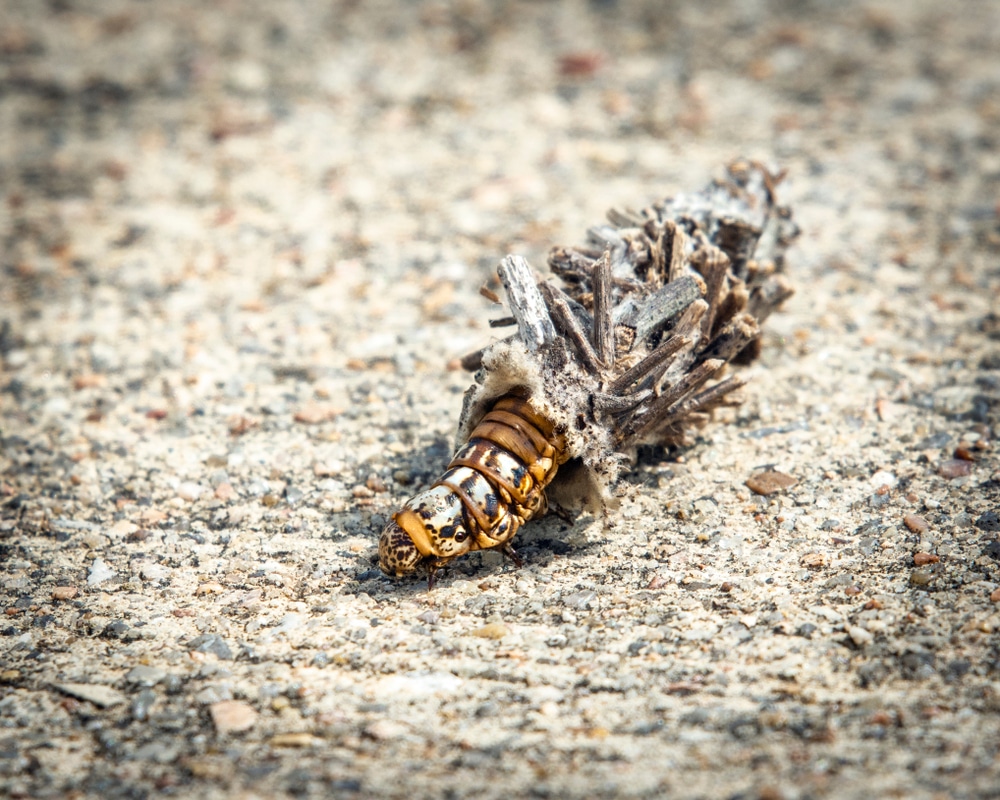What is a bagworm?
If you have ever dealt with a Bagworm infestation, you know that they are no joke! Bagworms while mostly prevalent in the Eastern United States are highly destructive and can cause permanent damage to shrubs and trees.
The little “pine coneish” sac that you see is actually the cocoon of the Bagworms. The Bagworm will stay in that cocoon until late summer early fall in which they will emerge as adult moths (only the males have wings) to mate. The females will remain in their bags in order to lay 200-1000 eggs then die, leaving the eggs to hatch next spring.
bagworm damage
Bagworms will feast on several different species of trees and shrubs but their food of choice are evergreens, ie. spruce, cedar and juniper. When left untreated Bagworms can be fatal to your beloved trees. Depending on the type of tree or shrub will determine what part of the plant they will feast on, for example on evergreens the Bagworms will eat the buds and foliage and on deciduous trees they will chew through the leaves.
How To Get Rid of Bagworms
Ok, so now you know you have Bagworms. Let’s talk about getting rid of them! If you are lucky enough to have detected them before they have grown into a full out infestation, then your best bet is to simply pick the bags (cocoons) off by hand. *NOTE: Make sure you destroy them and throw them away in the trash, do not just throw on the ground. If there are just too many and hand picking them doesn’t seem feasible, then that is where we come in. Applying an insecticide labeled for Bagworms to the foliage after the eggs have hatched and the bags are still on the trees (late spring) will allow for the larvae to consume the treated foliage. Early detection can be the difference between life and death (for the plant that is).

Barricor SP Insecticide






